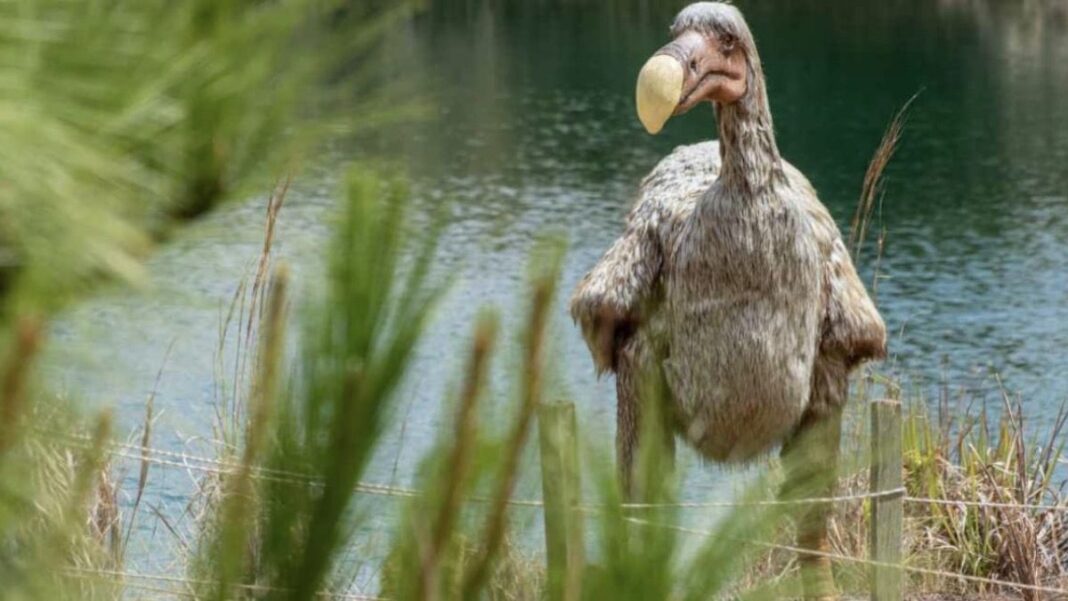UNITED STATES: It is unlikely that the Dodo bird and the woolly mammoth will return soon. However, a business is developing technology to revive extinct species, which has drawn additional investors despite the fact that some scientists doubt such feats are feasible or even just an idea.
The ambitious plan by Colossal Biosciences to bring back the woolly mammoth was first revealed two years ago. On Tuesday, the company also declared its desire to bring back the dodo bird.
The last dodo, a flightless bird the size of a turkey, was slain in 1681 on the island of Mauritius in the Indian Ocean.
The Dallas-based business, which started in 2021, also revealed on Tuesday that it has secured an extra $150 million in capital.
It has so far attracted $225 million from a diverse group of investors, including the United States Innovative Technology Fund, Breyer Capital, and In-Q-Tel, the technology venture capital arm of the CIA.
No immediate financial gain is anticipated from the possibility of bringing the dodo back, according to Ben Lamm, co-founder and CEO of Colossal.
However, he stated that the company’s developed genetic tools and machinery may be used for other purposes, such as the treatment of human illness.
For instance, Colossal is currently testing techniques to modify many portions of the genome simultaneously. He added that it is also developing technologies for what is occasionally referred to as an “artificial womb.”
According to Beth Shapiro, a genetic biologist on Colossal’s scientific advisory board and a long-time dodo researcher, the Nicobar pigeon is the dodo’s closest living relative.
The group may undertake an attempt to modify Nicobar pigeon cells to resemble dodo cells. In order to make kids that would naturally produce dodo eggs, it might be possible to insert the modified cells into the developing eggs of other birds, such as pigeons or chickens. Theoretically, the idea of dodos is still in its infancy.
Shapiro stated that “it’s not conceivable to rebuild a 100% identical replica of something that’s gone” since animals are a result of both their DNA and their environment, which has changed significantly since the 1600s.
Other scientists question whether it’s even a good idea to try and whether “de-extinction” diverts resources away from efforts to conserve species that are still alive on Earth.
In 2022, the firm said they also plan to resurrect the Tasmanian tiger from extinction.
Conservation scientists with experience in captive breeding programmes assert that it can be challenging for zoo-bred animals to ever acclimatise to the wild.
Also Read: NASA’s Ingenuity Mars Helicopter Takes to the Skies for 41st flight



